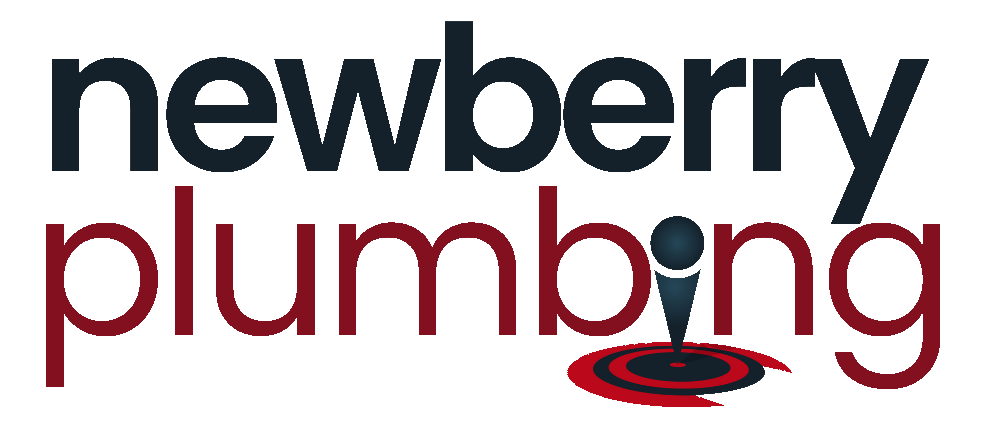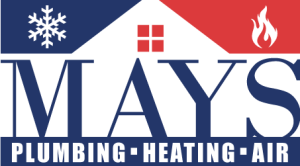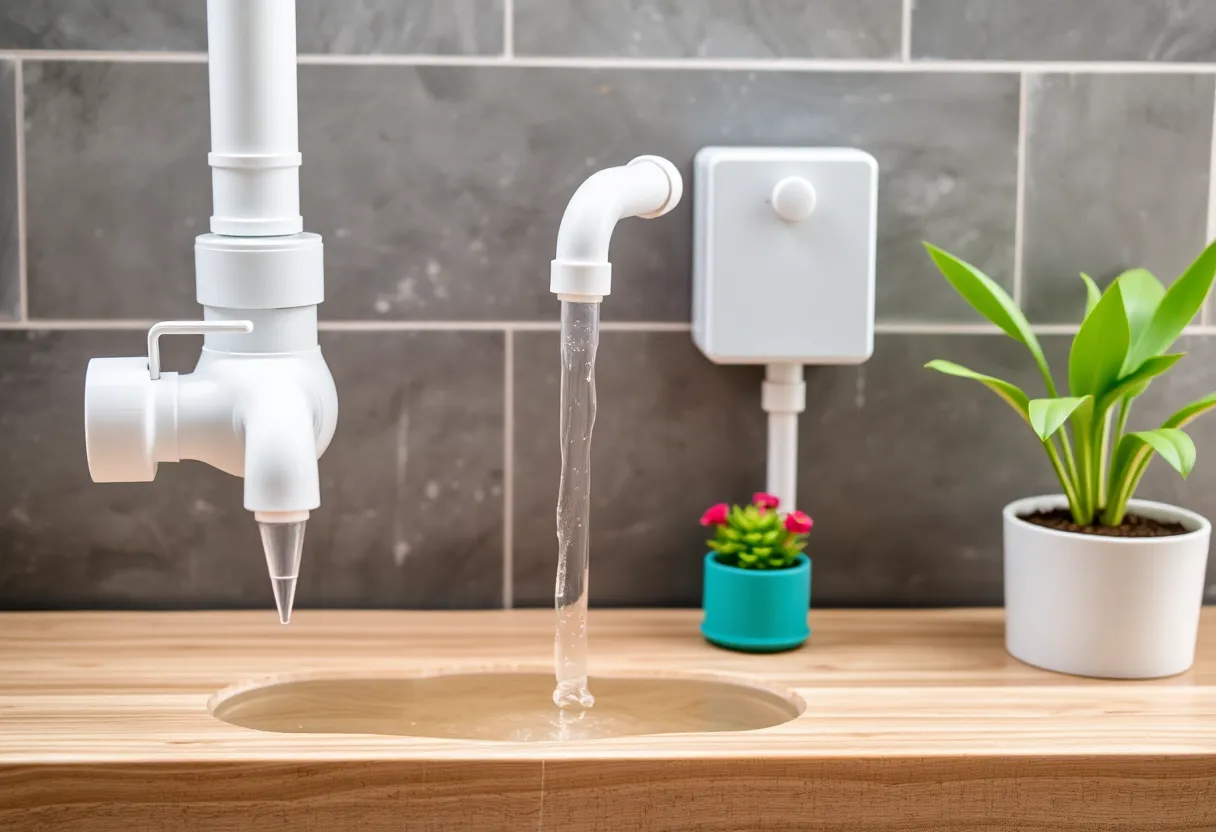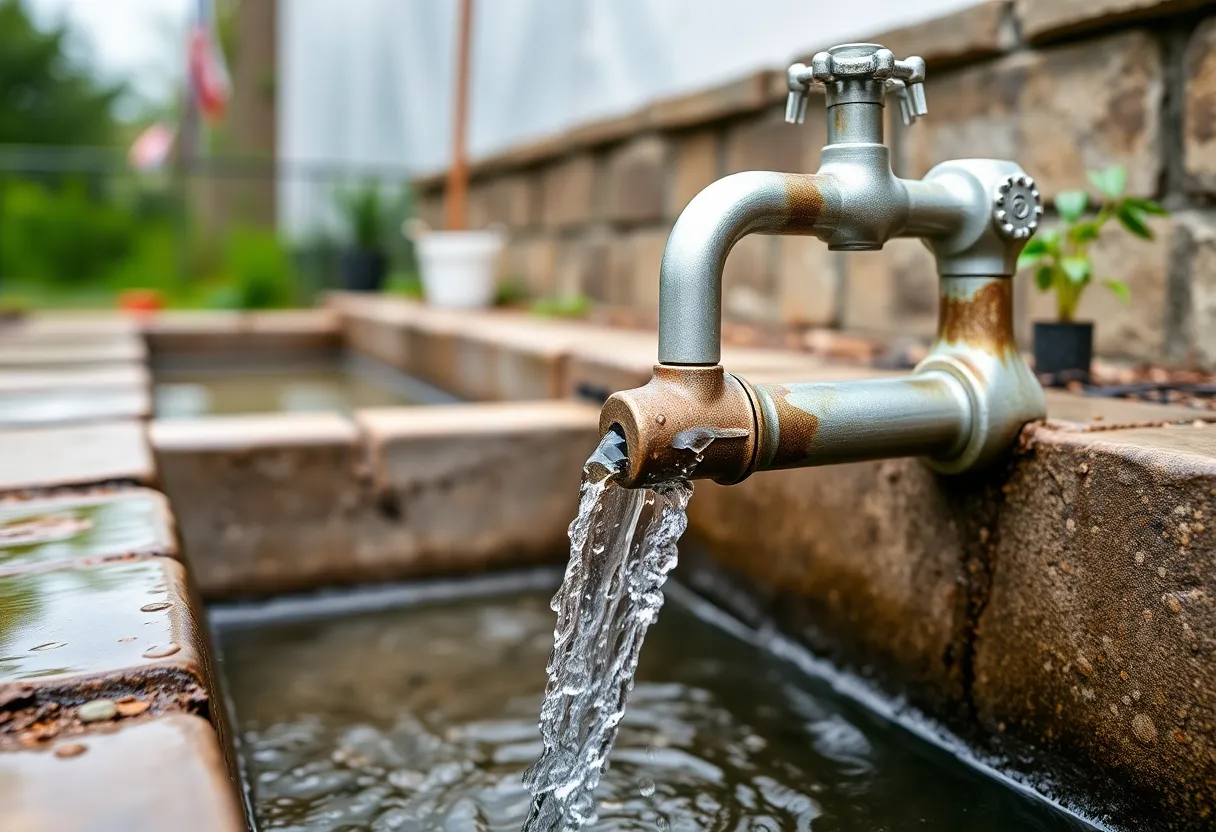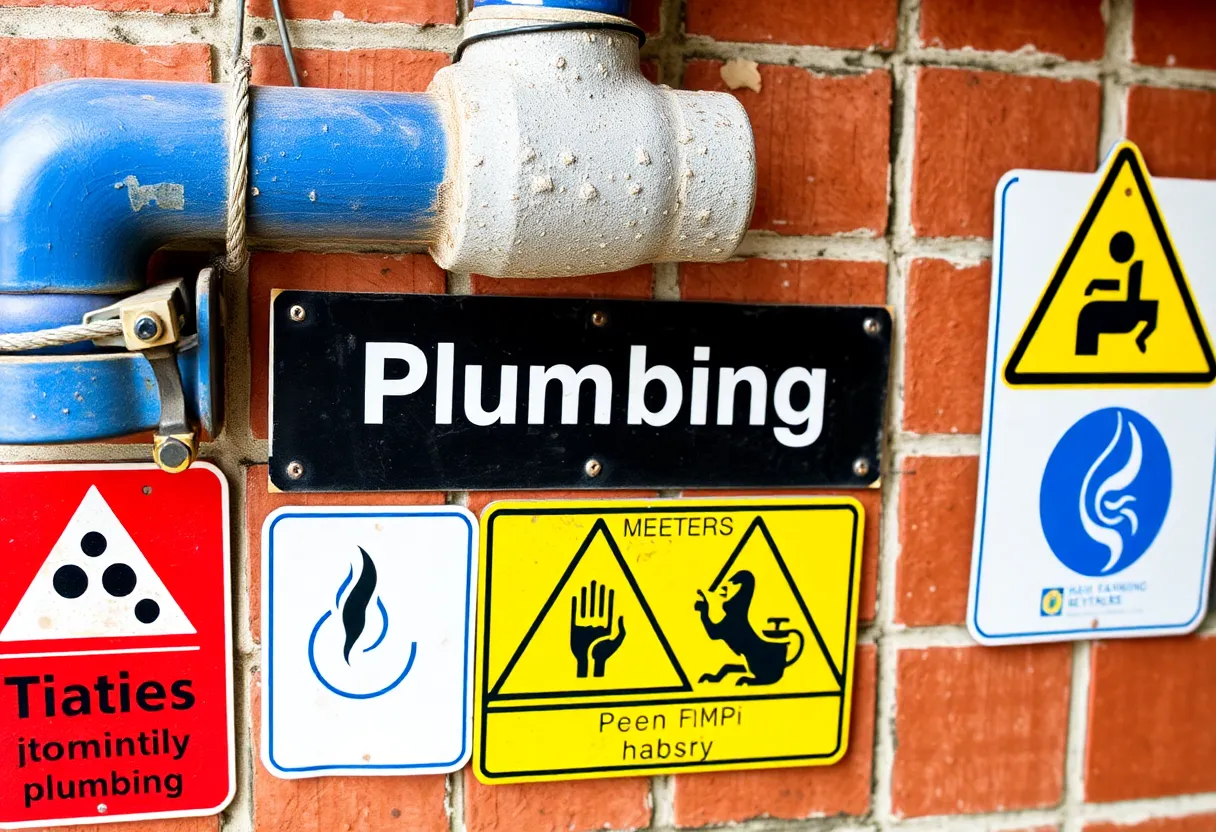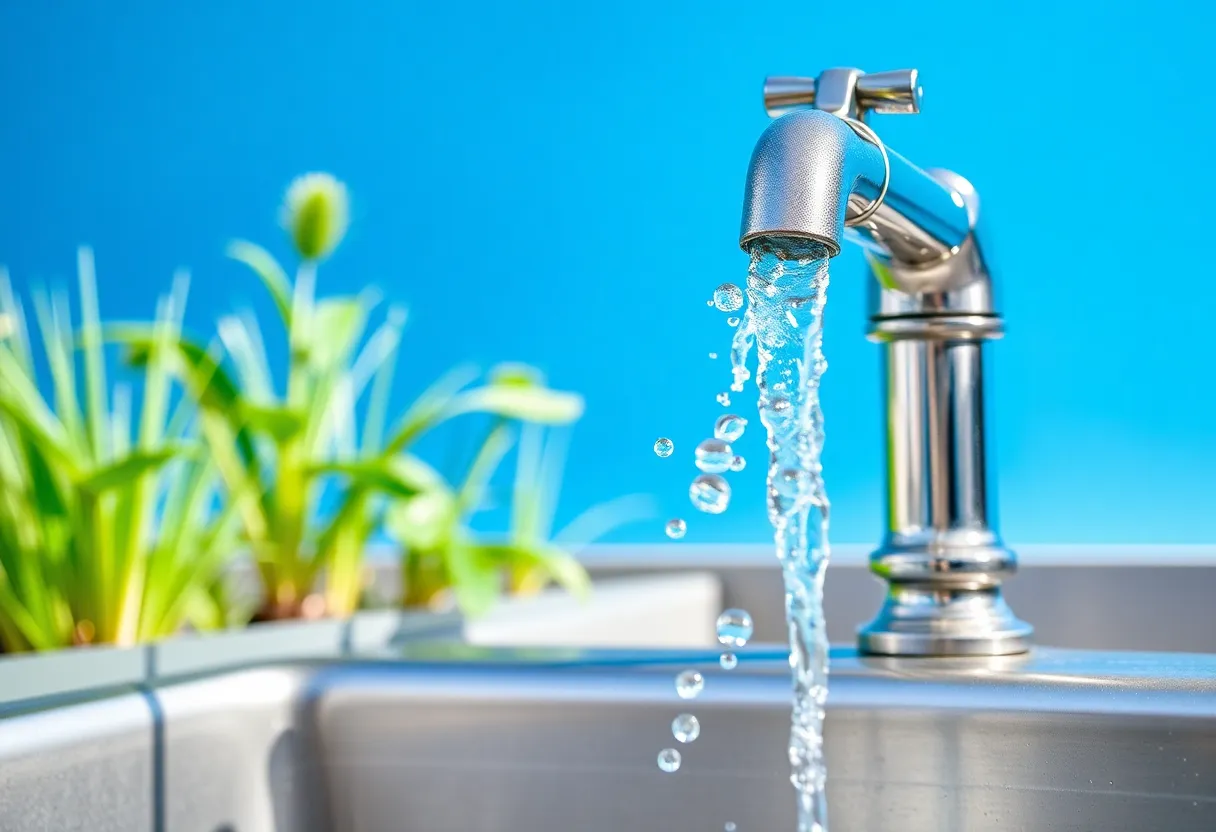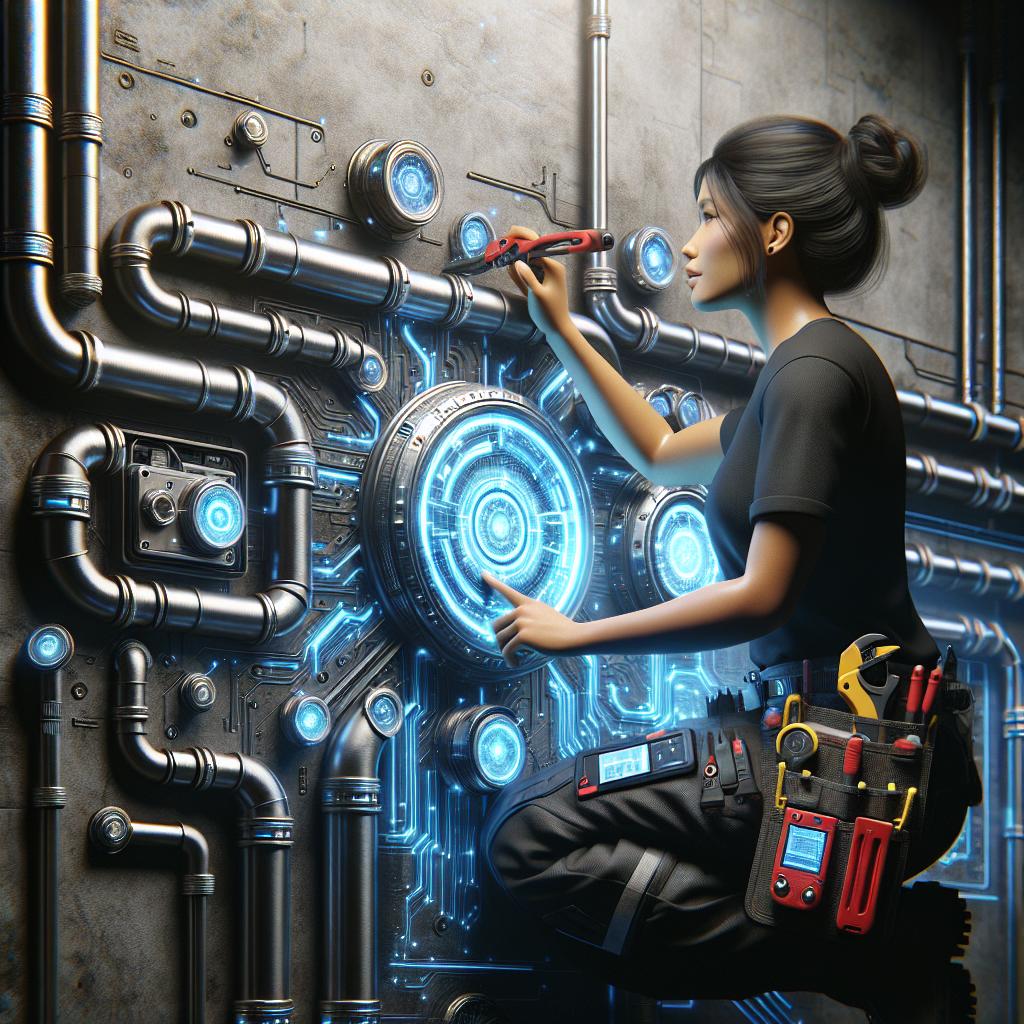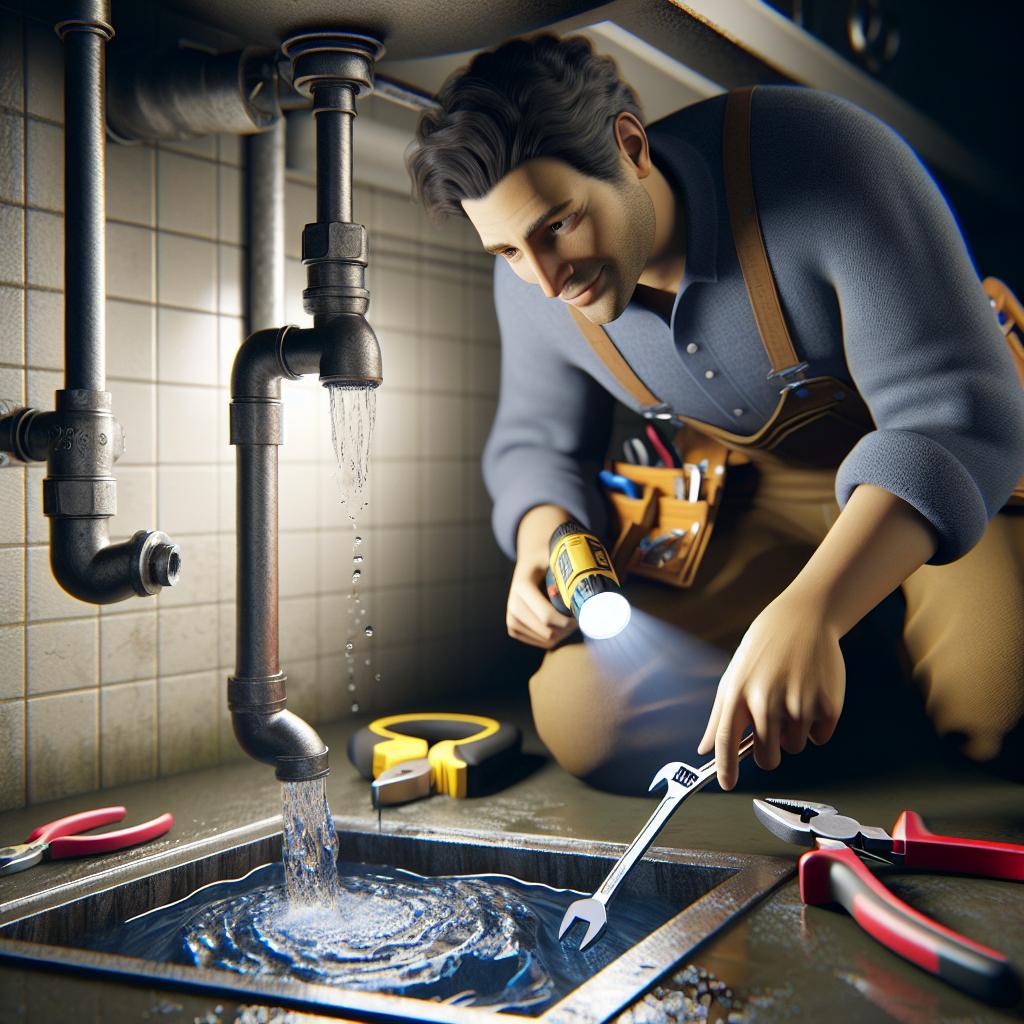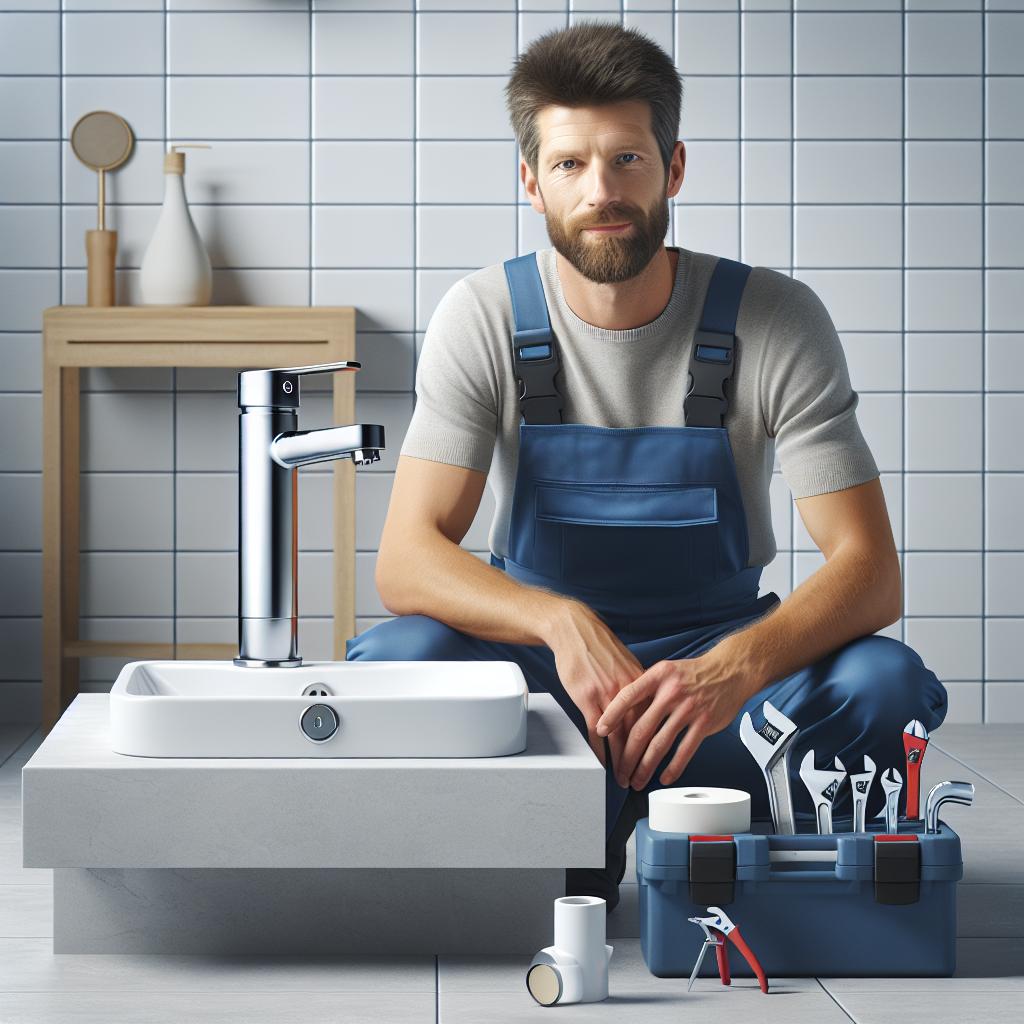The Plumbing Green Revolution: 10 Eco-Friendly Solutions to Slash Your Water Bill and Save the Planet
As global awareness of environmental sustainability grows, the plumbing industry is experiencing a green revolution. This new wave emphasizes eco-friendly technologies and practices that not only minimize water usage but also significantly reduce water bills. Whether you’re a homeowner aiming to make your property more sustainable, or a tenant interested in lowering your monthly expenses, these solutions are both practical and beneficial for the planet. Below, we delve into ten eco-friendly plumbing solutions designed to help you save water, reduce your bills, and take positive steps toward protecting the environment.
1. Low-Flow Fixtures: The Simplest Upgrade
One of the easiest ways to decrease water consumption is by installing low-flow fixtures. These include:
- Low-Flow Showerheads: These devices reduce water flow without sacrificing pressure. They can save as much as 50% of water compared to standard showerheads.
- Low-Flow Faucets: These faucets aim to maintain water efficiency while enhancing user experience by providing adequate pressure.
- Low-Flush Toilets: Modern low-flush toilets use significantly less water per flush than traditional models, leading to substantial savings over time.
Switching to low-flow fixtures can drastically lower your water consumption, making it a cost-effective and simple upgrade to your plumbing system. It’s an excellent starting point for anyone wanting to embrace eco-friendly options in their home.
2. Greywater Recycling Systems: Reuse Before You Lose
Greywater refers to water from sinks, showers, and washing machines—not toilet water. Installing a greywater recycling system allows you to reuse this water for irrigation and toilet flushing.
Benefits of greywater recycling include:
- Water Conservation: Reduces the amount of freshwater you use for non-potable applications.
- Lower Water Bills: Reusing greywater helps decrease your water consumption, thereby reducing your bill.
- Environmental Impact: Maximizes water use efficiency, contributing positively to water conservation efforts.
Implementing a greywater system might require an initial investment, but the long-term savings—along with the benefit of conserving potable water—make it worthwhile.
3. Rainwater Harvesting: Capture Nature’s Gift
Rainwater harvesting is an eco-friendly practice that collects and stores rainwater for future use. You can use harvested rainwater for irrigation, toilet flushing, or even washing your car.
To establish a rainwater harvesting system:
- Install Gutters: Ensure your roof’s gutters channel rainwater into barrels or storage tanks.
- Select Appropriate Storage: Choose tanks that can hold sufficient water for your needs. Make sure they are made from durable, non-toxic materials.
- Set Up Filtration: Use a filtration system to ensure the water collected is clean and safe for non-potable uses.
In many areas, harvesting rainwater can also help reduce stormwater runoff, contributing to better drainage and less erosion.
4. Smart Irrigation Systems: Efficiency in the Garden
For homeowners with gardens, utilizing a smart irrigation system is crucial. These systems can be programmed to water your plants at optimal times, based on weather data or soil moisture levels, significantly reducing water waste.
Key benefits include:
- Automation: Configurable schedules eliminate guesswork for watering routines.
- Sensor Technology: Soil moisture sensors only water when necessary, further enhancing water conservation.
- Apps and Integration: Some systems integrate with smartphone apps for easy monitoring and adjustments.
Smart irrigation not only saves water but also keeps your landscape vibrant and healthy by ensuring plants receive just the right amount of moisture.
5. Pipe Insulation: Save More Than Just Water
While it might seem unrelated, insulating your hot water pipes can lead to decreased water usage. When hot water pipes are insulated, hot water stays heated longer, meaning you won’t have to run the tap as long while waiting for it to warm up.
Benefits of pipe insulation include:
- Reduced Water Waste: Less time running water while waiting for it to heat means less wasted water.
- Energy Savings: Insulation helps reduce heating costs, as hot water retains its heat longer.
Properly insulating pipes is a relatively easy DIY project that yields significant utility savings over time.
6. Water-Efficient Appliances: Invest for the Future
Upgrading to water-efficient appliances, such as dishwashers and washing machines, is a great way to save water and energy.
Consider the following:
- Energy Star Appliances: Look for appliances with the Energy Star label, which signifies efficiency in water and energy usage.
- Front-loading Washers: Generally, front-loading washing machines use less water than traditional top-loading machines.
- Eco Modes: Many dishwashers come equipped with an “eco” mode that uses less water and electricity.
Though the initial cost may be higher, these machines typically pay for themselves over time through lower utility bills.
7. Smart Home Technology: Monitor Your Usage
Incorporating smart home technology into your plumbing practices allows for real-time monitoring and management of your water usage. Devices can provide insights into consumption patterns, which can help you identify ways to save water.
Feature highlights include:
- Leak Detection Sensors: These can alert you to leaks or abnormalities in your plumbing system, preventing wasted water and costly repairs.
- Water Flow Monitors: Track your water usage in real-time, allowing adjustments for optimal efficiency.
By harnessing the power of smart technology, you can make informed decisions about water consumption and further reduce your bills.
8. Composting Toilets: Going Off the Grid
For those looking to take eco-friendliness to the next level, consider installing composting toilets. These toilets break down human waste through natural processes, producing compost without the consumption of water.
Benefits of composting toilets include:
- Water Savings: No water is needed for flushing, leading to significant savings.
- Reduced Infrastructure Strain: They lower the demand on sewage systems, contributing to better environmental health.
- Soil Enrichment: Properly managed, the compost produced can enrich soil in gardens.
This option may not be for everyone, but it’s an innovative solution for environmentally conscious individuals.
9. Regular Maintenance: Curbing Hidden Waste
Regular plumbing maintenance is crucial in preventing waste from leaks and system inefficiencies. A leaky faucet might waste gallons of water daily, silently increasing your bill.
For effective maintenance:
- Check for Leaks: Regularly inspect pipes, fixtures, and hoses for signs of leaks and address them immediately.
- Flush Water Heaters: Sediment build-up can affect efficiency; flushing your water heater annually keeps it working efficiently.
- Schedule Professional Inspections: Annual inspections by a licensed plumber ensure all aspects of your plumbing system are functioning optimally.
Proactive maintenance promotes longevity and efficiency in your plumbing, avoiding costly repairs and excessive water waste.
10. Educating Family and Friends: Spreading Awareness
Finally, while implementing these eco-friendly plumbing solutions in your own home is a step in the right direction, sharing knowledge with family and friends amplifies the impact. Teach loved ones about water conservation and encourage them to implement similar changes.
Your shared efforts can:
- Promote Collective Action: A community of individuals committed to water conservation can significantly alleviate water strain.
- Raise Awareness: Knowledge spreads awareness about environmental issues, inspiring others to contribute toward sustainability.
- Innovate Solutions: Discussions can lead to brainstorming new ways to conserve water and reduce bills.
By educating those around you, you create a ripple effect that has the potential to foster an entire culture of conservation.
Conclusion
Embracing eco-friendly plumbing solutions is a fundamental step toward fostering a sustainable future and can simultaneously provide substantial financial benefits. From installing low-flow fixtures to engaging in the community’s conservation efforts, every action has the potential to contribute positively to both personal finances and the environment.
By initiating the plumbing green revolution, individuals can not only slash their water bills but can actively participate in safeguarding our planet for future generations. Let’s embrace these eco-friendly solutions and pave the way for sustainable living!
